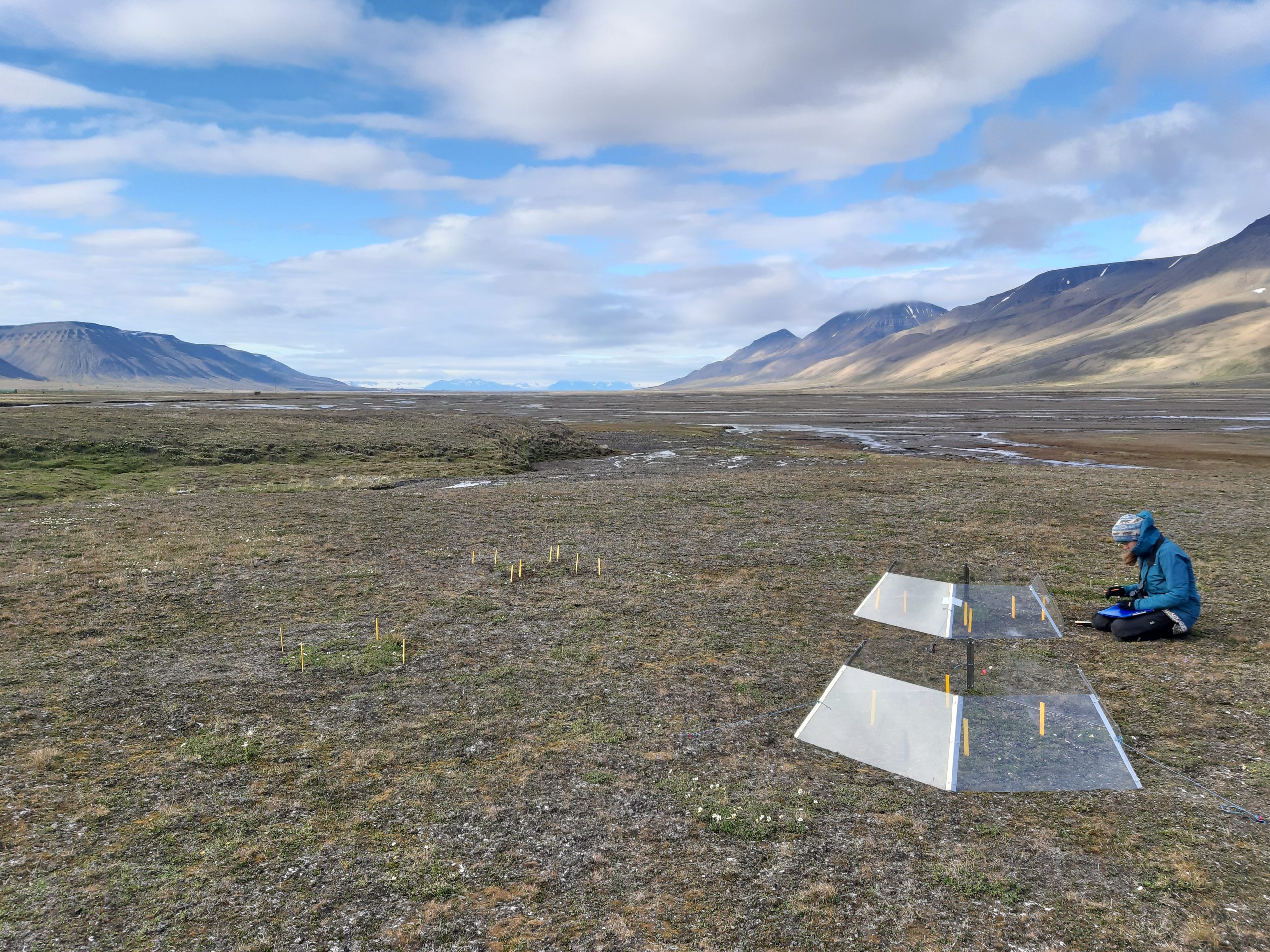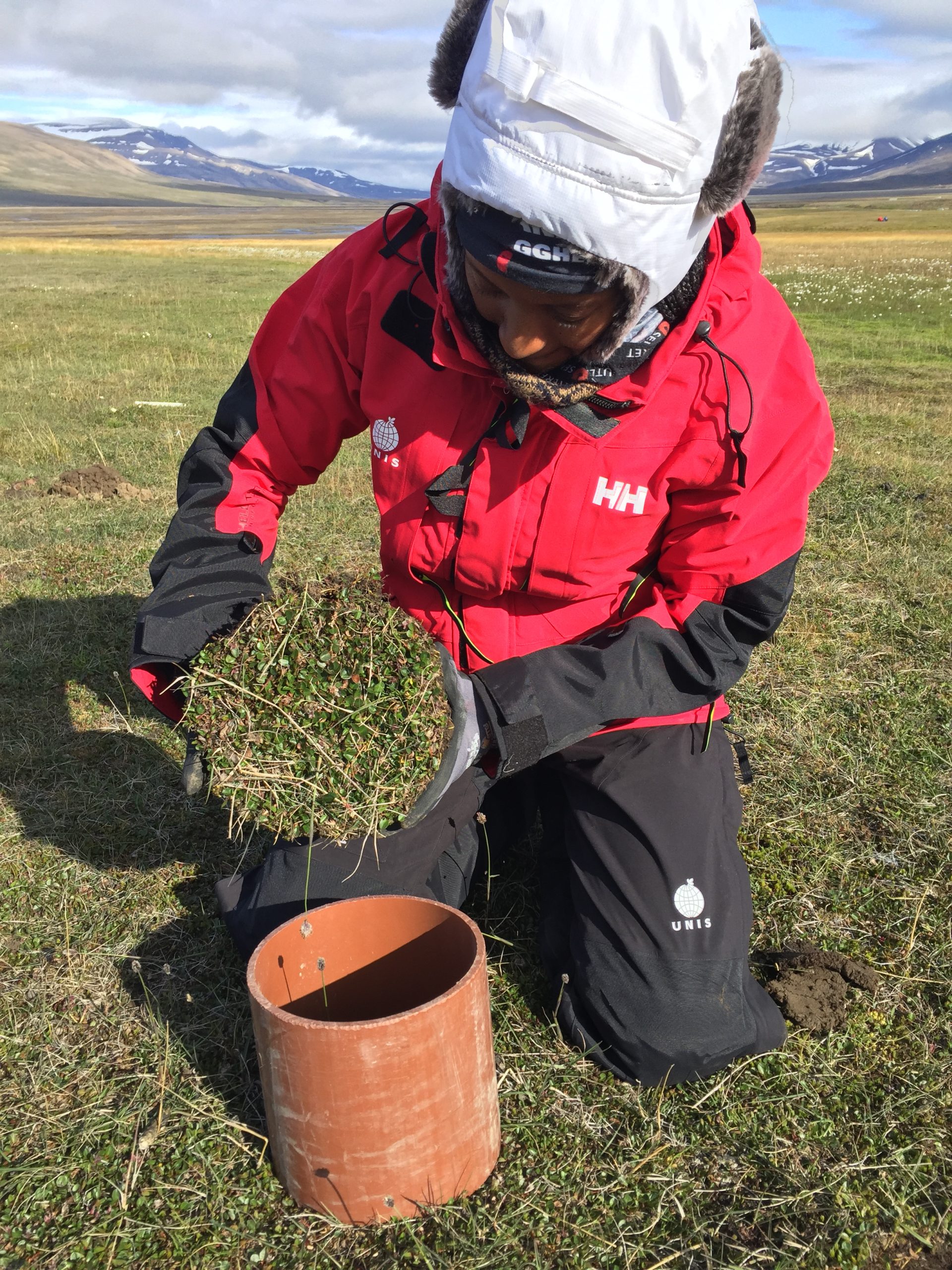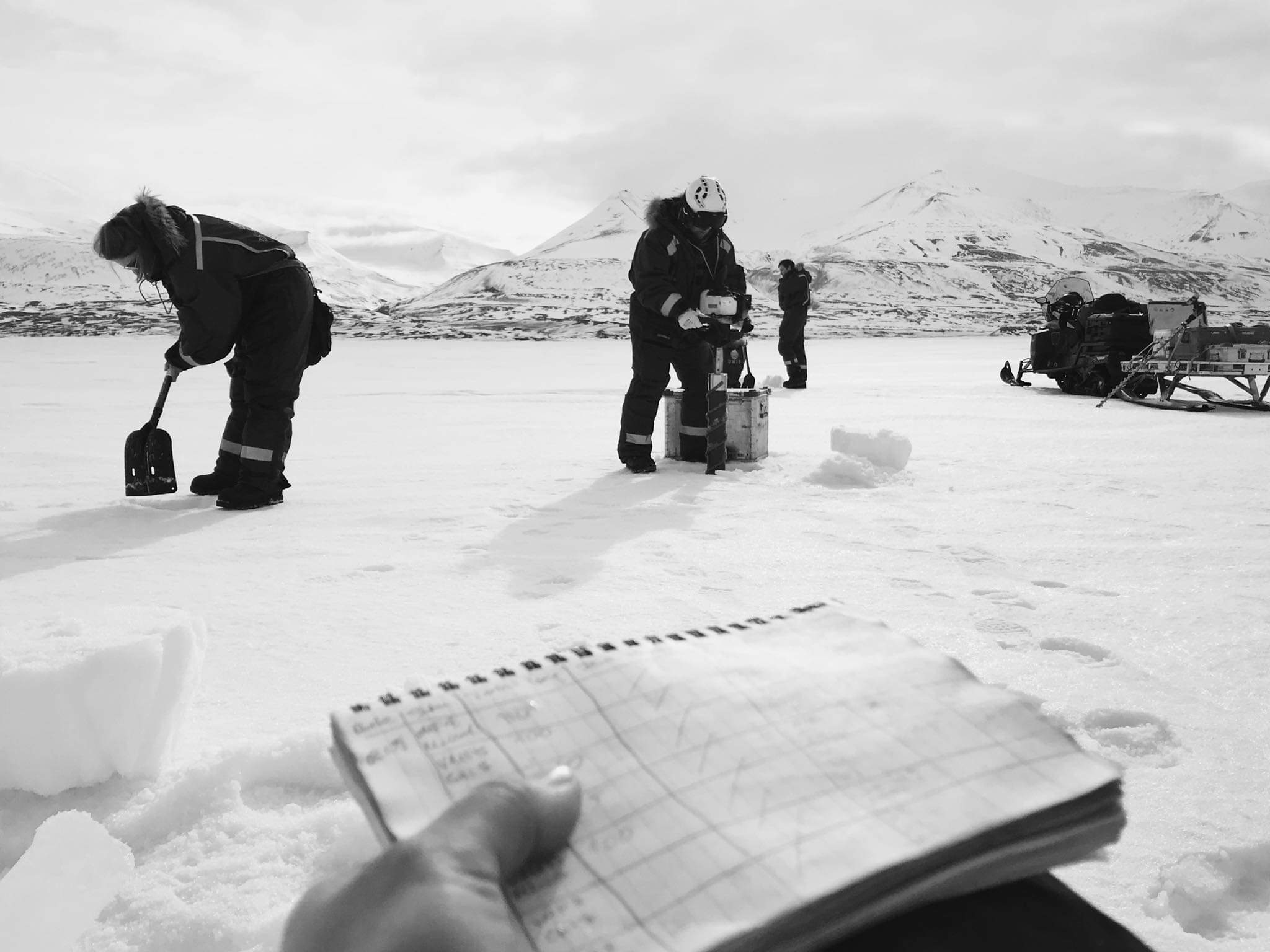
Thawing permafrost in the High Arctic: Understanding climate, herbivore and belowground feedbacks
Predicting ecosystems responses to changing environmental conditions is one of the most pressing challenges in ecology today. In the past few decades, mean annual temperatures in the Arctic have risen by 2-4 ºC while rain-on-snow events are becoming more frequent. Other environmental changes can be seen in a drastic increase in the goose population. All of these changes may have repercussions on C and N cycling as well as microbial functional diversity and activity in the soil. Read More …



